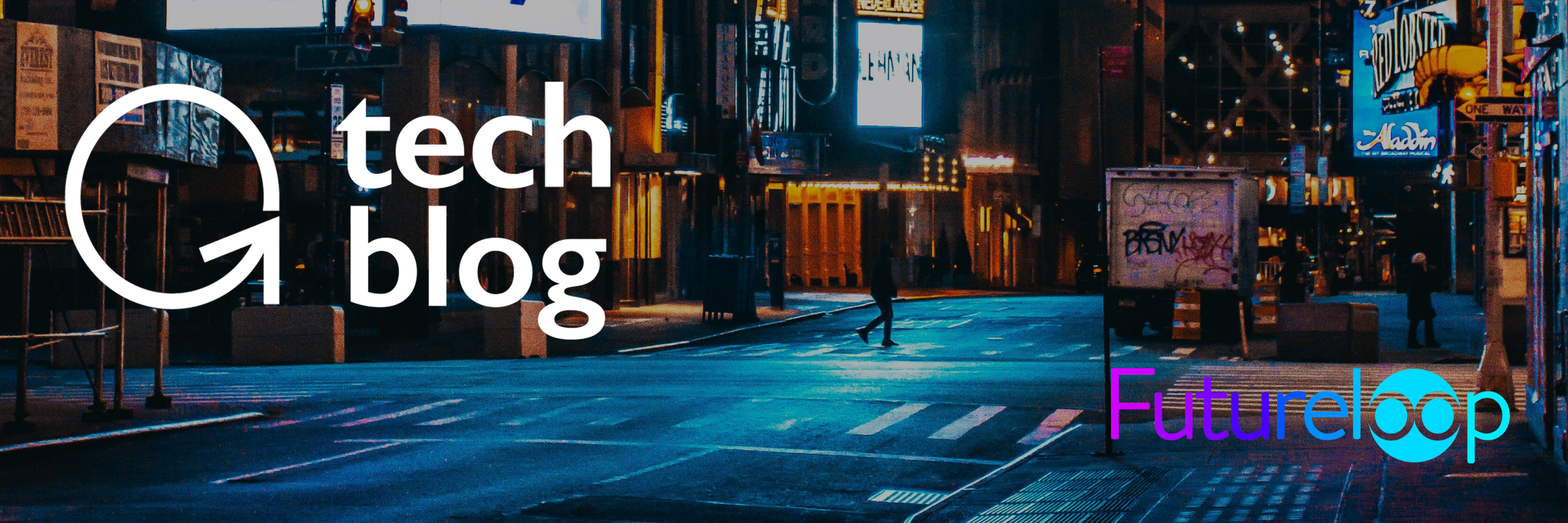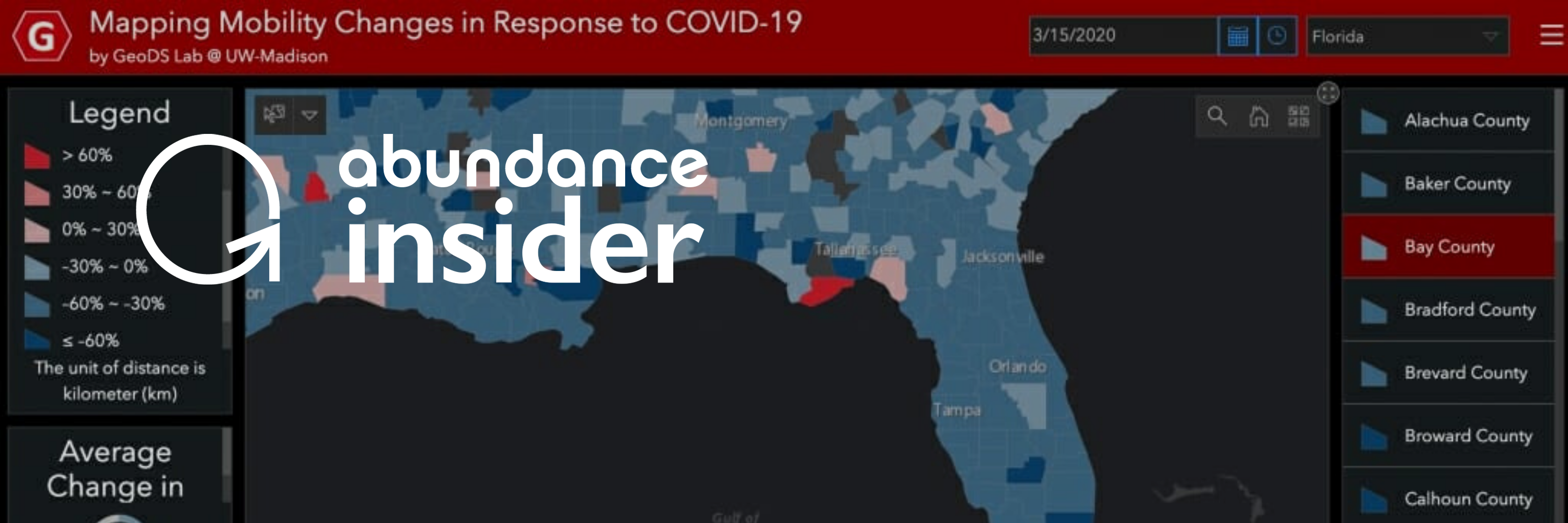
6 min read

When will the last shelter-at-home lockdown be lifted in the U.S.?
Five days ago, I asked our community to predict when the last U.S. shelter-at-home lockdown will be lifted.
Using the FutureLoop platform, which combines both machine learning (ML) and human intelligence (HI) in a symbiotic loop, we aggregated predictions from nearly 2,000 participants with some fascinating results (presented below)!
>>> If you haven’t participated in the prediction poll yet, please give it a try here.
>>> To help us select our next prediction challenge topic, please go here.
Also, at the end of this blog, see the evidence to support crowdsourcing predictions.
(Note: If you like this blog, share it! | Facebook | Twitter | LinkedIn | Or send your friends and family to this link to subscribe!)
What were the prediction results?
Making up nearly 2,000 voters, the crowd generated the following predictions:
(1) Nearly 17% (by far the largest consensus) predict all U.S. lockdowns will be lifted by the week of June 3rd, now only 7 weeks away;
(2) Meanwhile, as generated by FutureLoop’s machine-learning platform, the community average isn’t far off from the mode, with all lockdown lifts estimated for the week of June 12th.
(3) As to the male/female split, men seem to be slightly more optimistic than women, representing an average prediction of 8.32 weeks vs. women's later estimate of 9 weeks.
(4) You can look at prediction breakdowns by industry, title and expertise here.
The most highly upvoted reason for early prediction estimates is a “balance between caution, actual fatality statistics, and econom[ic pressures].”
And for those estimating lockdown lifts later than 8.34 weeks away, the most upvoted rationale is a prediction of “staggered stops and restarts of shelter-at-home orders.”
What Prediction Poll should we do next?
Every week, we ask FutureLoop participants to suggest future prediction challenge questions, and we’d love your input!
Below are the top 5 current candidates. To vote on your favorite, click here!
(1) What percentage of the global population will contract COVID-19 over the next year (by April 1, 2021)?
(2) Which tech company do you think will have the biggest impact on healthcare between now and 2030? (Apple, Amazon, Apple, a traditional/existing healthcare company, or a startup we haven’t heard of yet.)
(3) What will be the peak U.S. unemployment rate between now and December 31, 2020?
(4) Will major sports leagues (NBA, NHL, etc.) continue the 2020 season, and if so, when will they start?
(5) What do you expect the mortality rate for COVID-19 will be in the U.S. on an annual basis? (The typical mortality rate of the annual influenza in the U.S. is around 0.1%).
But why should I listen to the crowd?
The use of AI to generate crowdsourced predictions is maybe the most overlooked, deceptively growing and MONUMENTAL opportunity of the next decade….
It’s a process by which a large enough group of sufficiently knowledgeable people are able to make a reasonably accurate prediction on a future outcome.
Whether in predicting election outcomes, economic trends, sports results, or even terrorist activity, crowdsourced wisdom has time and again matched or (often) outperformed expert predictions.
Starting in the early 2010s, a project sponsored by the U.S. Director of National Intelligence — the Good Judgment Project — demonstrated that 3,000 moderately informed minds could together outperform even the top foreign policy experts or CIA analysts.
According to one report, when ‘super-predictors’ (crowdsourced individuals who are correct most often) are grouped in teams, these smaller ‘crowds’ can outperform agents with access to classified information by up to 30 percent.
By anonymizing and aggregating thousands, or even millions of user-submitted predictions and justifications, FutureLoop presents these analyses to users, allowing you to question the analysis, and then update your own estimate whenever you change your mind.
Users can also vote on the reasons provided by other users for their predictions (a crowd-filtering layer that helps us understand why people lean the way they do).
These upvoted predictions and reasons, in turn, get put at the top of the heap, alerting all users of the latest crowdsourced opinions.
To join our second Crowd Prediction Poll, click here!
Join Me
(1) Abundance Digital Online Community: Join my Digital online community of bold, abundance-minded entrepreneurs called Abundance Digital. Abundance Digital is Singularity University's ‘onramp’ for exponential entrepreneurs — those who want to get involved and play at a higher level. Click here to learn more.
(2) Join FutureLoop: Over the past 2 years, I’ve built a machine-learning algorithm that scrapes the world’s news, science journals and social feeds every day to understand how exponential technologies are impacting specific topics & industries. It’s called FutureLoop.
A few weeks ago, I launched "FutureLoop Pandemic Special Edition," a daily comprehensive update on the impact of exponential technologies (AI, Robotics, Drones, Cellular Medicine, CRISPR, Networks & Sensors) on the COVID-19 pandemic.
If you participate, FutureLoop will update you every day on the latest breakthroughs in detection, prevention & cure of the COVID-19. This product is still in Beta, but it’s powerful, high-quality info, and it's free.
Your mindset is your most important tool during this pandemic. Making sure you are consuming the right information is critical to maintaining that mindset. FutureLoop offers "Data-Driven Optimism."
You can subscribe here. It’s free, fun + fast (20 seconds).
(Note: If you like this blog, share it! | Facebook | Twitter | LinkedIn | Or send your friends and family to this link to subscribe!)
Topics: Exponentials crowd the crowd wisdom of the crowd crowdsourcing exponential technology crowdsourcing genius flu influenza coronavirus pandemic infectious diseases COVID-19 virus FutureLoop predictions hive mind lockdown shelter at home







